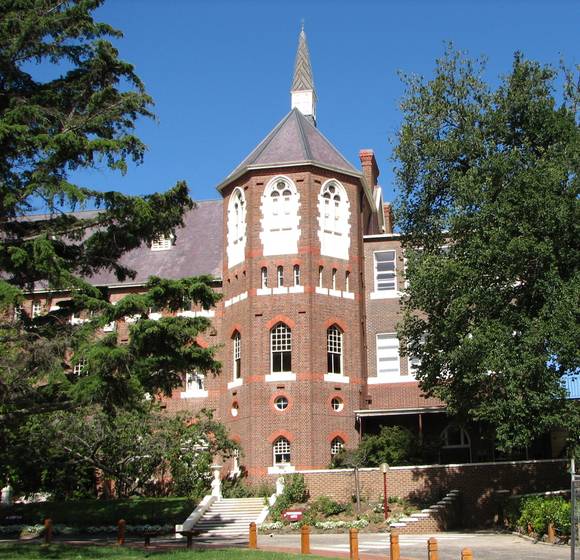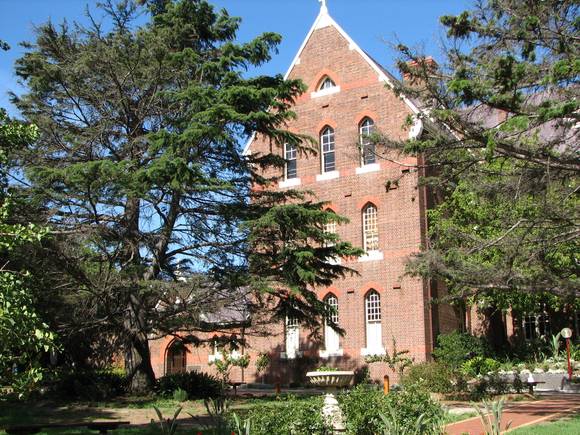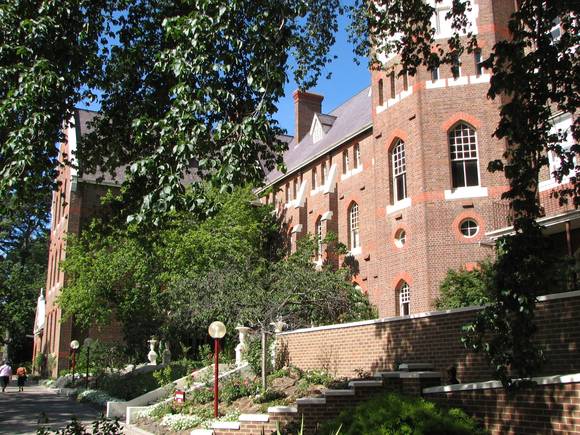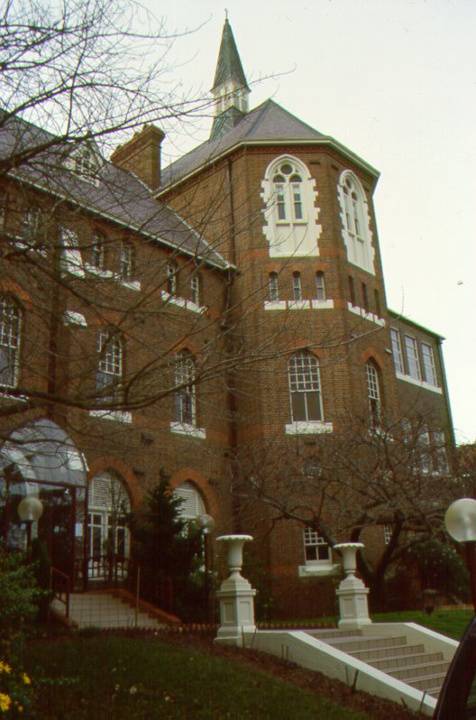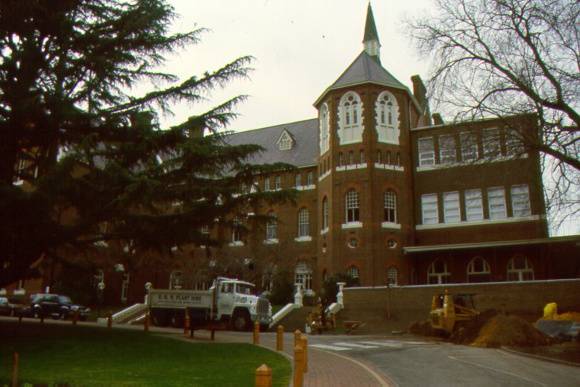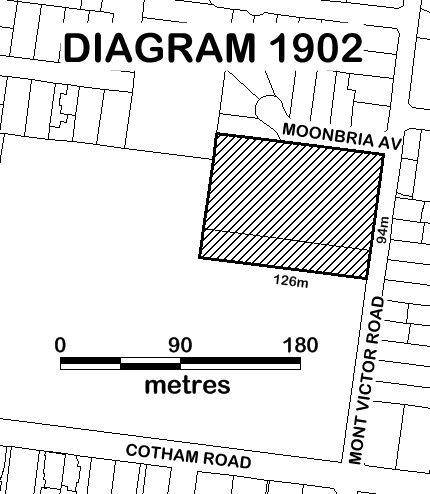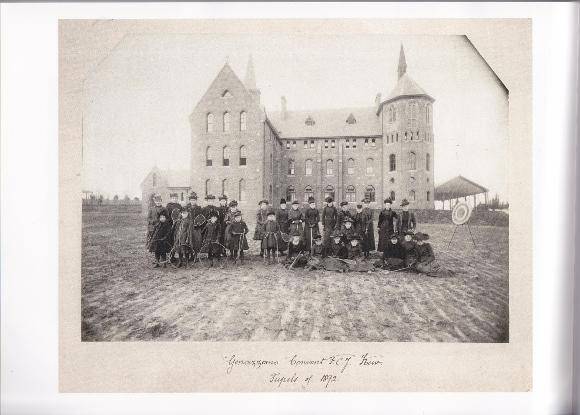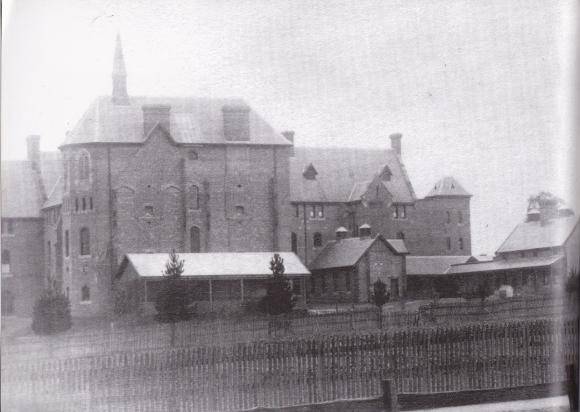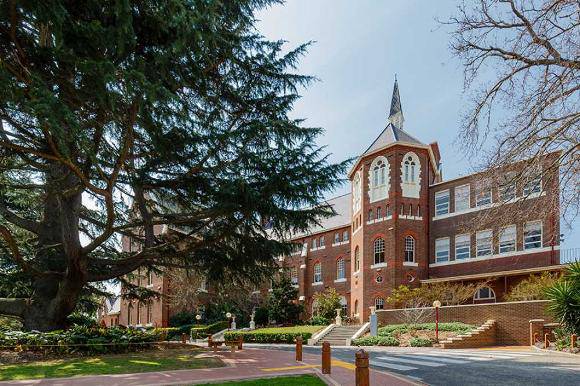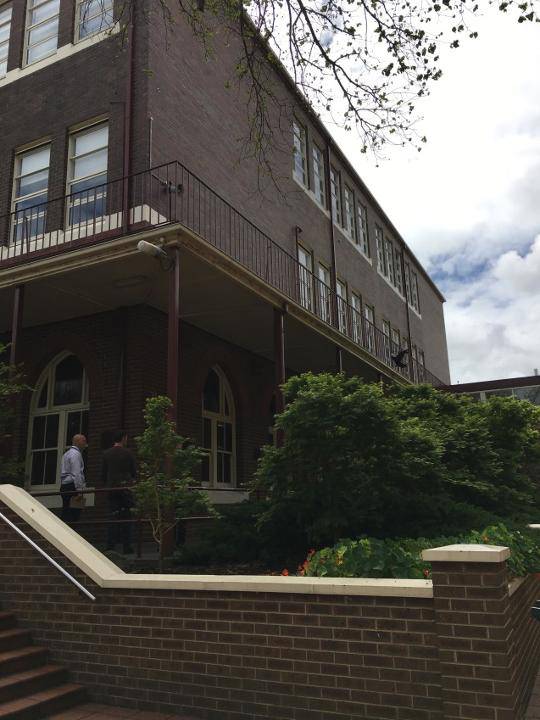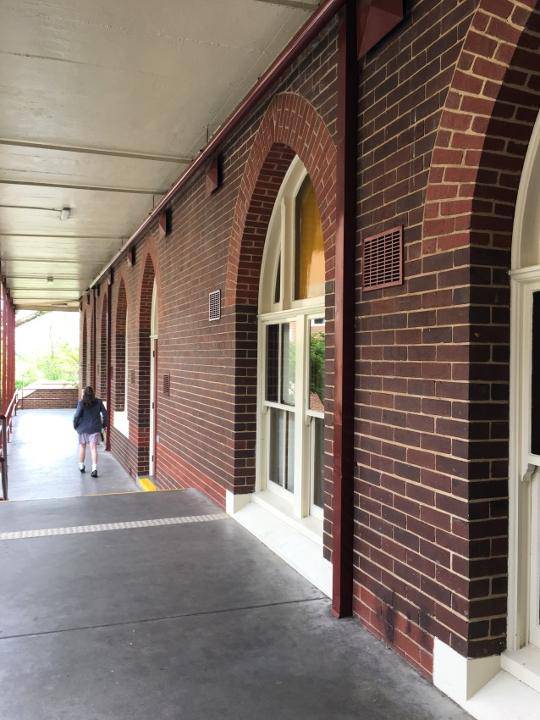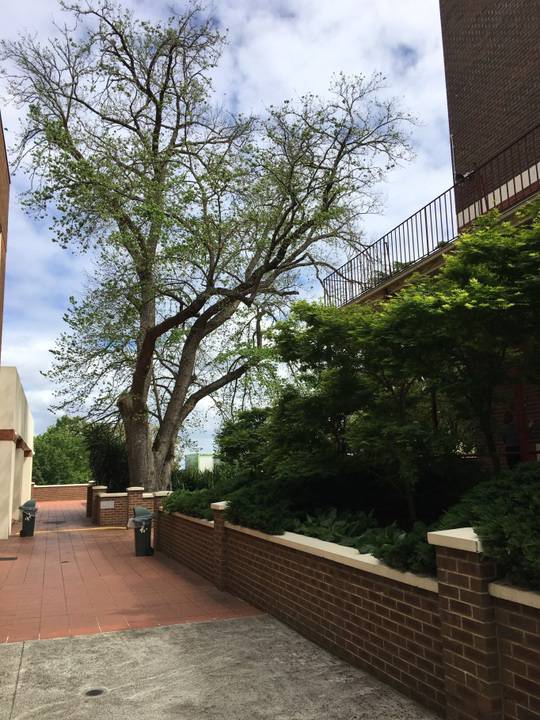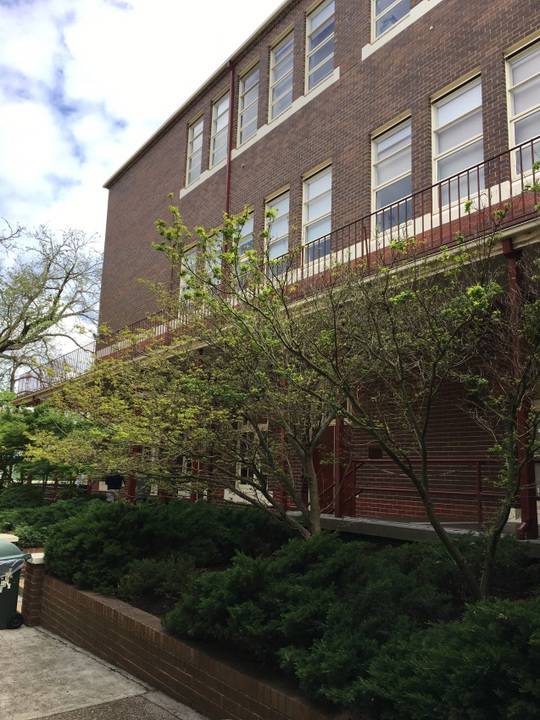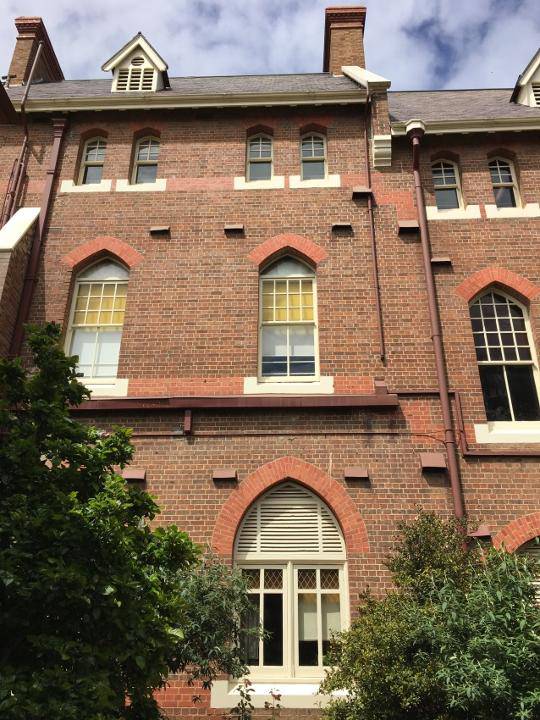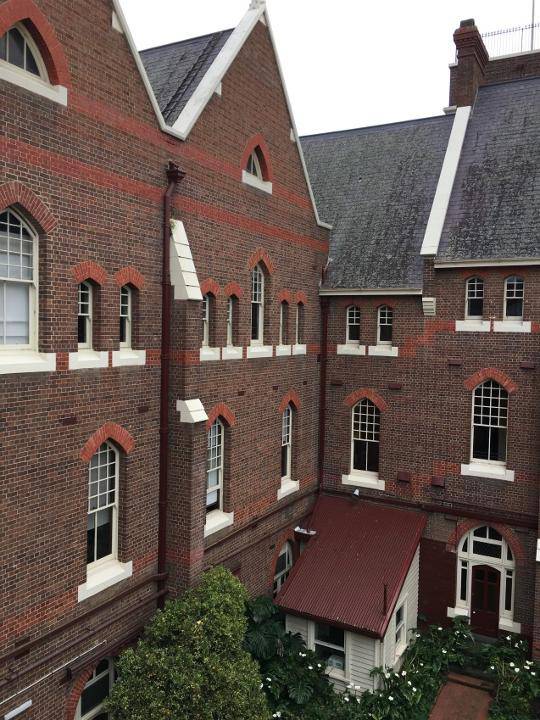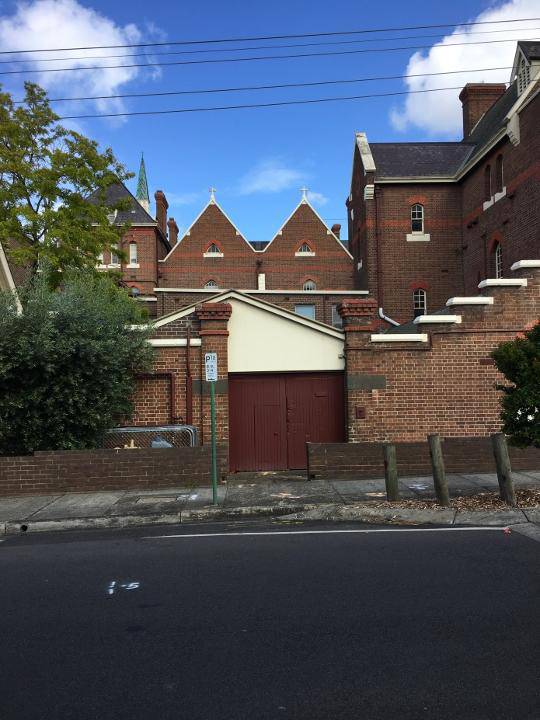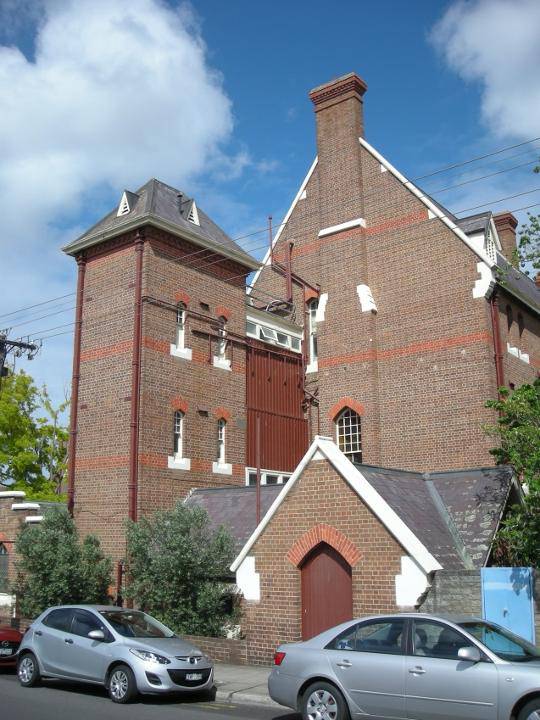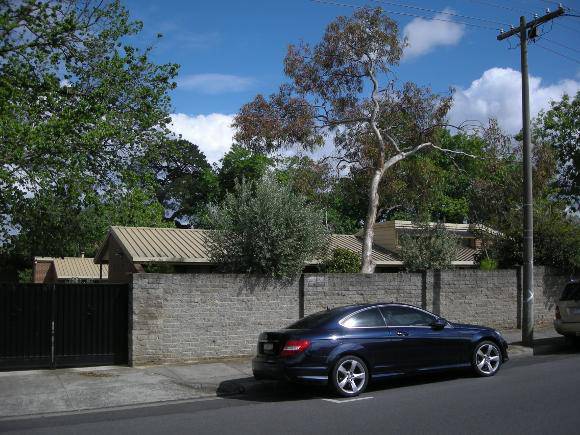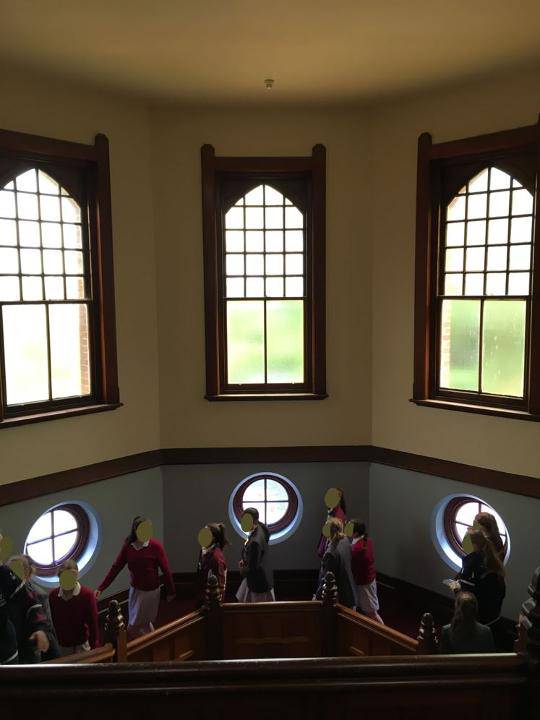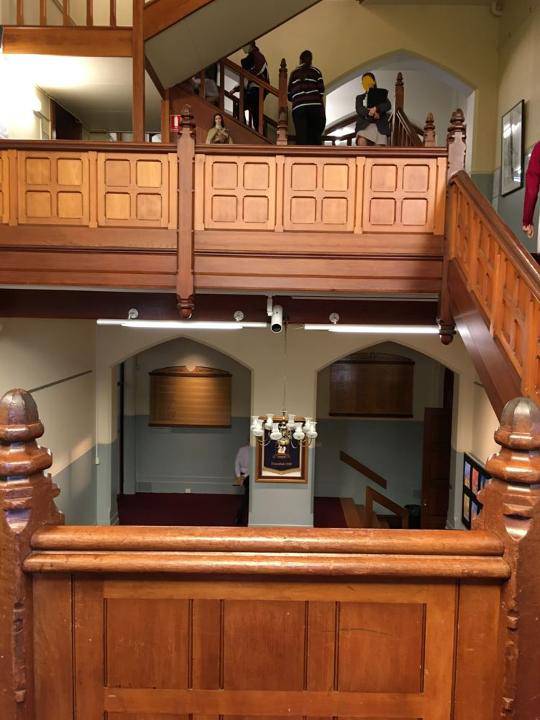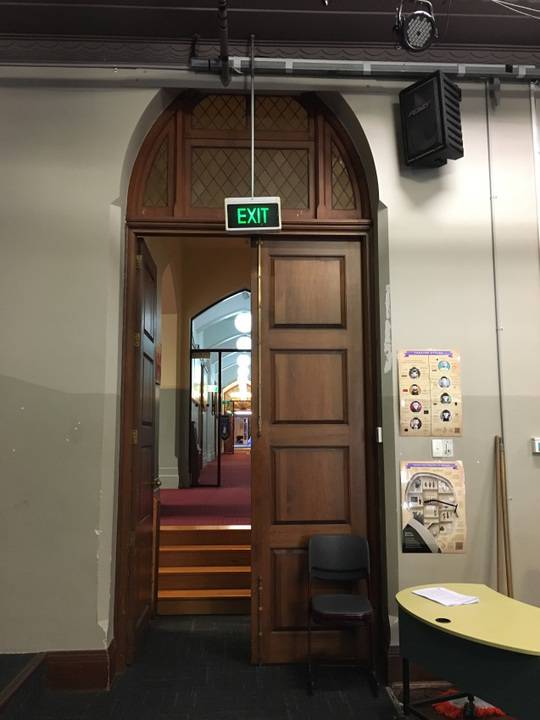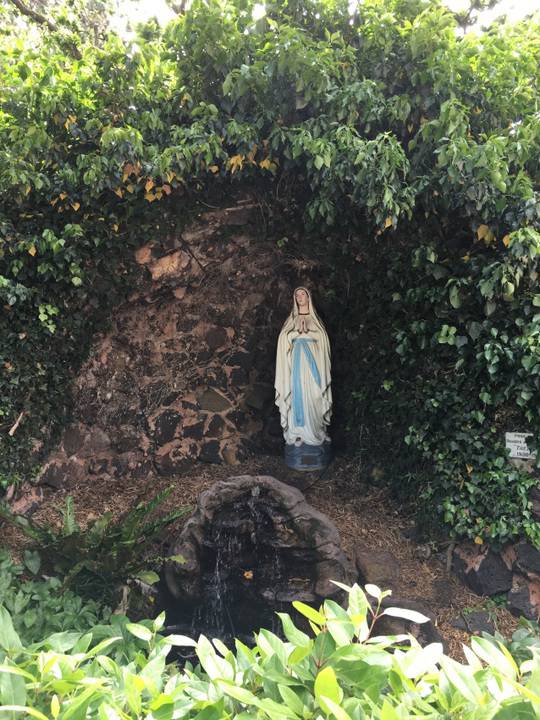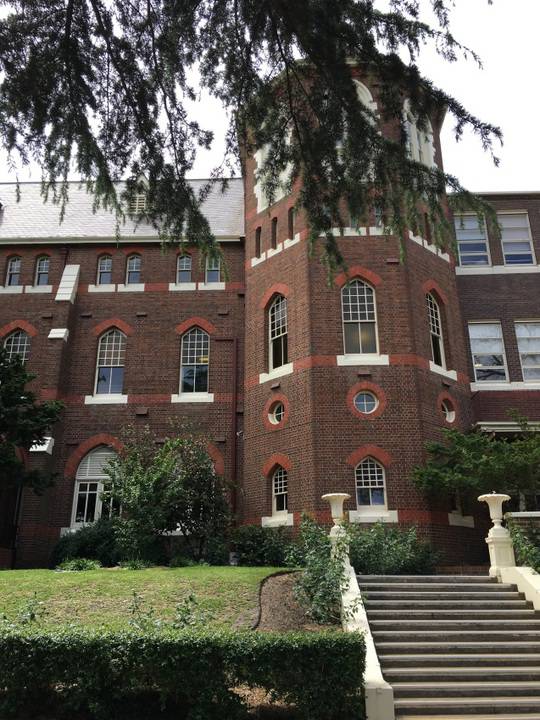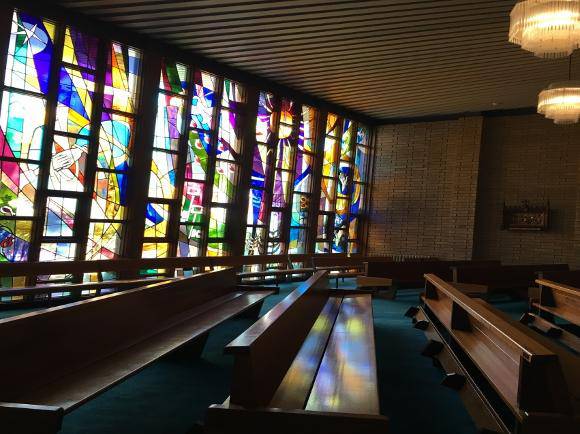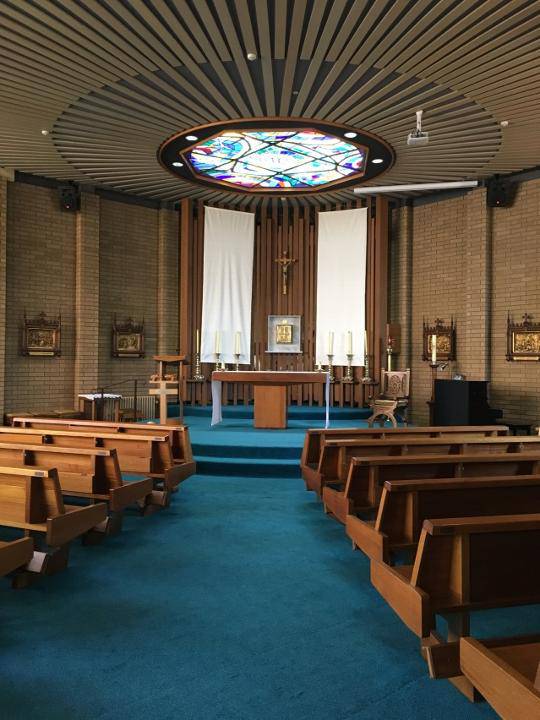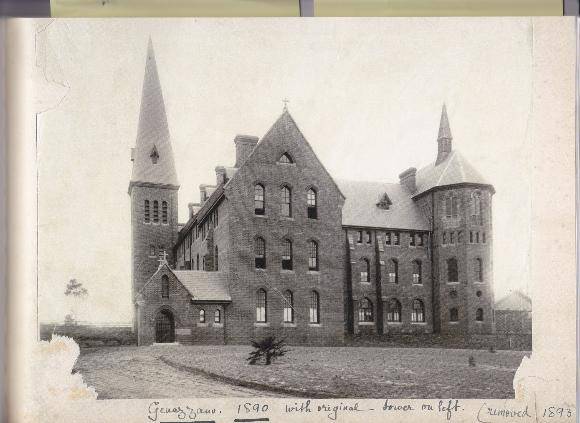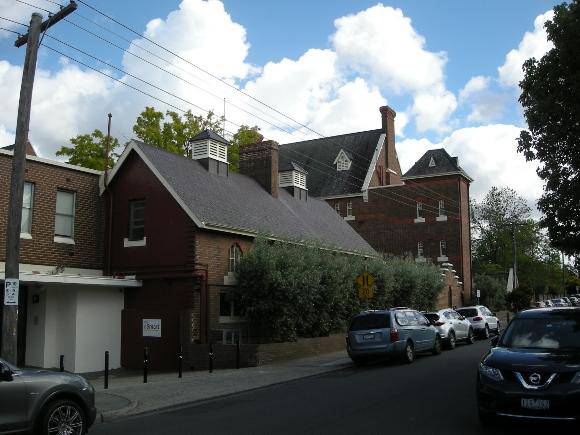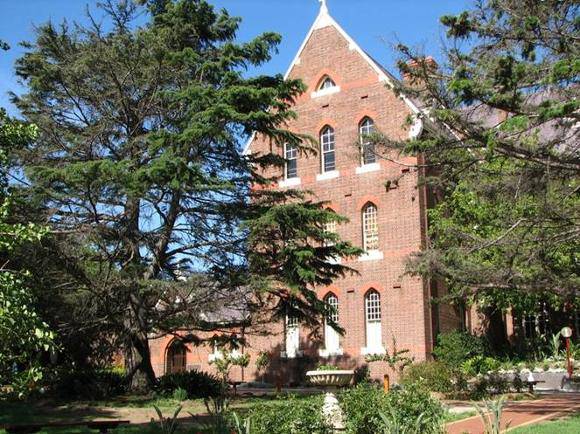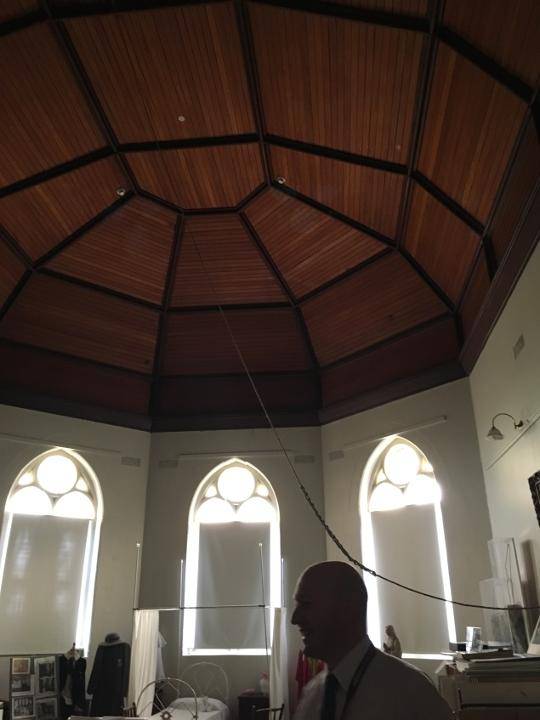| Back to search results » | Back to search page » |
|
GENAZZANO FCJ COLLEGE
Statement of Significance
WHAT IS SIGNIFICANT? Other buildings at the College constructed in the 1970s and later are
not significant. HOW IS IT SIGNIFICANT?
Genazzano FCJ College, including the:
.
1890-91 Wardell Building (including its exteriors and interiors) which
is of primary significance;
. 1930-31 grotto, 1930s steps with
stone urns, 1936 Hall with 1961 two-storey addition above, and the
1974 Chapel (including the buildings' exteriors and interiors) which
are of contributory significance; and also
. fixtures attached to
the buildings of primary and contributory significance at the time of
registration including timber stairs and balustrades, cabinets,
joinery, and fireplaces, and the Chapel's altar, reredos, pews,
built-in furniture, light fittings, and other fixtures.
Genazzano FCJ College is of architectural
and historical significance to the State of Victoria. It satisfies the
following criteria for inclusion in the Victorian Heritage Register:
Criterion A
Importance to the course, or pattern, of Victoria's
cultural history.
Criterion D
Importance in demonstrating the principal
characteristics of a class of cultural places and objects.
Criterion H
Special association with the life or works of a
person, or group of persons, of importance in Victoria's history.
WHY IS IT SIGNIFICANT?
Genazzano FCJ College is significant at
the State level for the following reasons:
Established in 1889 as an all-girls boarding school and convent by
the Faithful Companions of Jesus (FCJ), a Catholic Order of Sisters,
Genazzano FCJ College is of historical significance for its
association with the development of Victoria's education system, and
in particular the development of the Catholic education system. The
removal of funding from religious schools in favour of free, secular
and compulsory state education under the Education Act 1872 saw the
Catholic system expand and become financially independent during the
1870s and 1880s. Overseas religious orders were engaged to fund,
establish and staff new schools. Between 1882 and 1897, five parties
of FCJ Sisters arrived in Melbourne. Originally a French order with a
strong presence in the British Isles, they also established Vaucluse
College in Richmond in 1882 (VHR H1927). The main building at
Genazzano opened in 1891 and was designed by high-profile Catholic
architect William Wardell. [Criterion A]
Genazzano FCJ College is architecturally significant for its
'Wardell Building', originally designed by architect William Wardell
to integrate a convent, school, chapel and dormitories. The
verticality of this notable building is emphasised by its pointed
arched windows, steeply-pitched roofs, and prominent gabled end at the
north, and it shows typical Wardellian characteristics such as French
Gothic influences, bold massing and fine proportions, all offset by a
simplicity of detail. The building's interiors are restrained but
feature fine craftsmanship in the architraves, doors, staircases and
timber ceilings. Its towering west-facing facade contrasts with the
smaller-scale east wing along Mont Victor Road which incorporates a
variety of masses, adding to the richness of the College's overall
composition. [Criterion D]
Genazzano FCJ College is historically significant for its direct
association with William Wardell (1823-1899), an architect who made a
strong and influential contribution to the course of Victoria's
history. The College's principal building - now known as its 'Wardell
Building' - is the only known school building in Victoria to have been
designed solely by Wardell, and is an important example of his work
that allows its clear association with him to be readily appreciated
better than most other places in Victoria. Wardell's other buildings
in Victoria include St Patrick's Cathedral (VHR H0008) in East
Melbourne, and the St Ignatius Church Complex (VHR H2146) at 326-348
Church Street in Richmond. [Criterion H]
Group
Education
Category
School - Private


